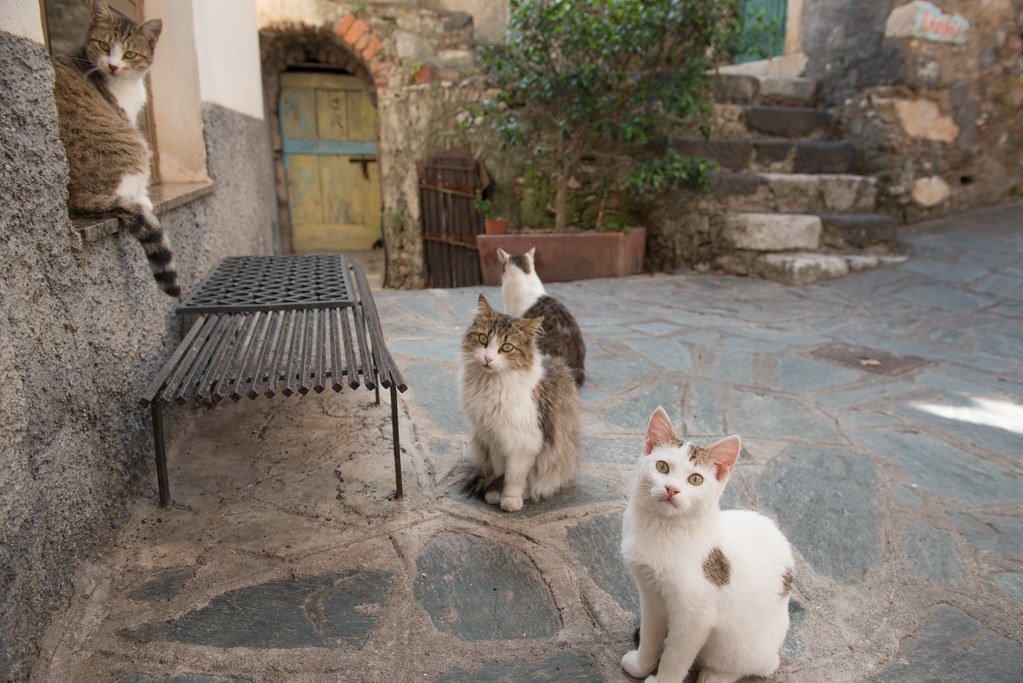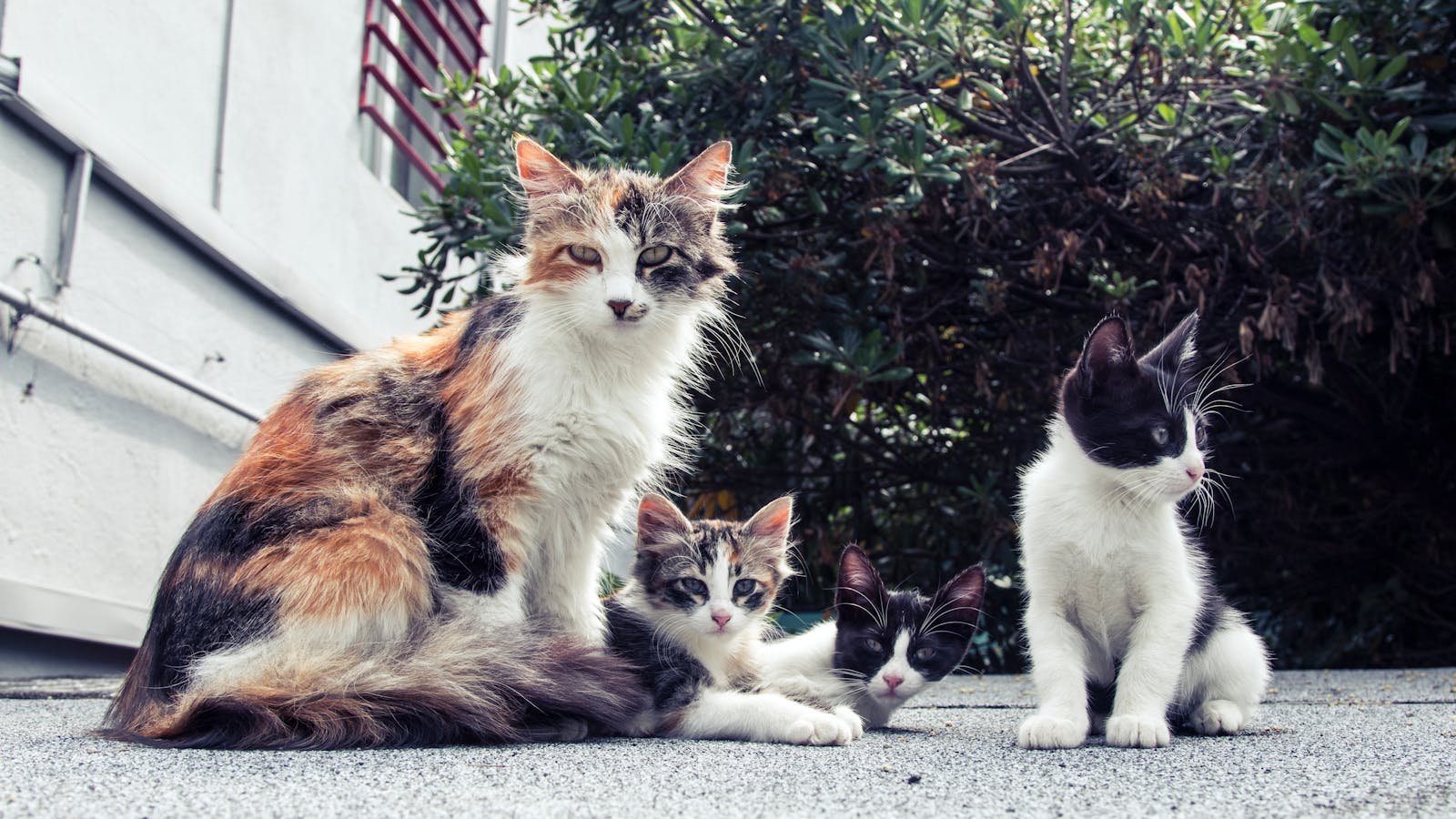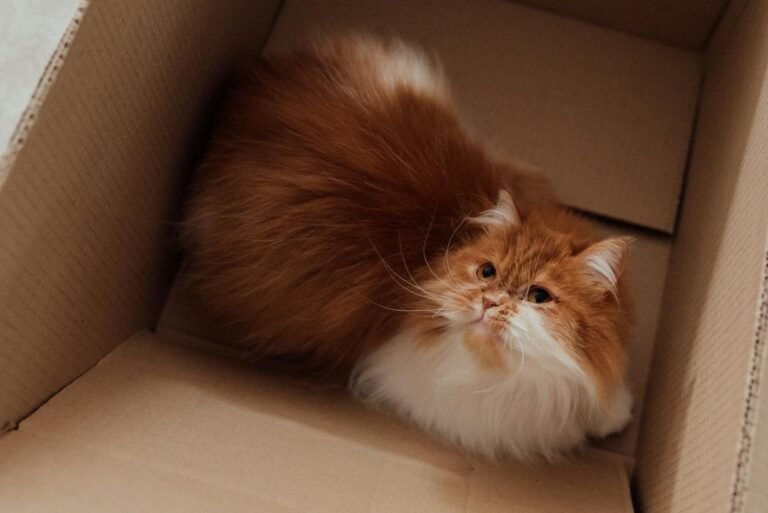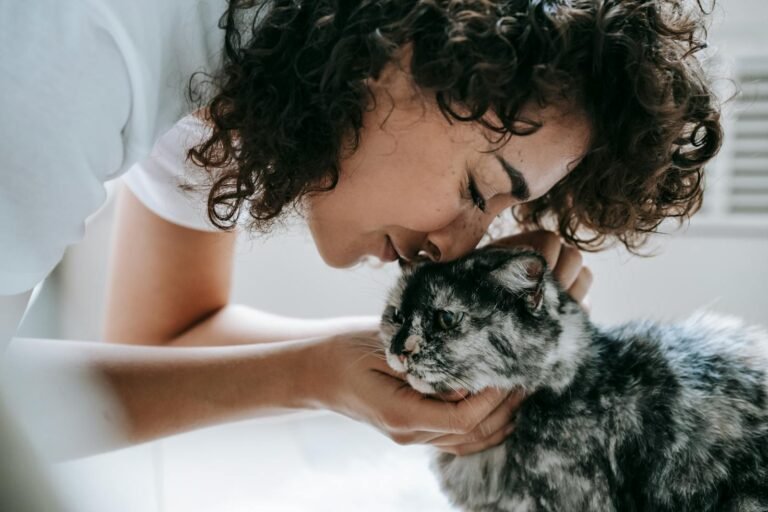Cat Facts: Social Behavior and Interaction
Here’s a collection of cat facts about one of the most important elements of cat behavior to understand, social behavior and interaction. I’ve tried to include facts that I think are helpful.
We often love cats for their independence. When they pay us some attention, we usually feel honored. A cat that asks for a belly scratch should be given your full attention.
Do you ever wonder what your cat is thinking? I do, all the time. I wonder why cats do what they do. Cats are a mystery, but a lot of their behavior can be understood if you know the reasons behind it.
As pet owners, one of our tasks is to learn how to better care for our cats. Below is a list of interesting cat facts that may help bring you and your little cat buddy closer together.

1. Leave me alone. Unlike dogs, domestic cats do not form packs. When forced to live closer to other cats than they normally would in the wild, cats will often time share their territory when possible.
2. A kitten’s tendency to be friendly and sociable comes from two sources; genetically, primarily from the father’s genes, and behaviorally, primarily from learning to be sociable from their mother.
3. The most important time in a kittens life, when it comes to socialization, is between two and seven weeks old.
4. When recovering from a trauma, such as a car accident, cats can go through a second socialization process. This can sometimes result in the cat becoming more social after the fact. In other cases, felines can become withdrawn after experiencing trauma.
5. Descending from solitary creatures that stake out a territory and hunt alone, domestic cats have a limited set of body language skills.
6. Cats leave distinctive scent marks which, if you had the right nose, would tell you a story. This is how they make up for a limited set of body language skills. That and the fact that they are sneaky and quick!
7. Your cat will rub her scent glands all over her territory in order to leave her mark. She’ll also rub her scent on you and other animals in the house. This creates a communal scent indicating that these animals are part of her social group.
8. When you scratch your cat’s back, she raises up her back end so as to better scent your hand. Commonly, cats will also often keep their tails bent but stiff during the scenting process.
9. The tail up is a sign of happiness. It is also used as a greeting. If people had tails they could raise, cats would like us more.
10. When the front paws are curled up and tucked in, and the back legs are outstretched to the side, your cat is relaxed and secure.
Did you find these cat facts interesting? I hope at least some of them surprise you a bit. If you take a minute to read between the lines, most of them will allow you to better understand how your cat communicates.





